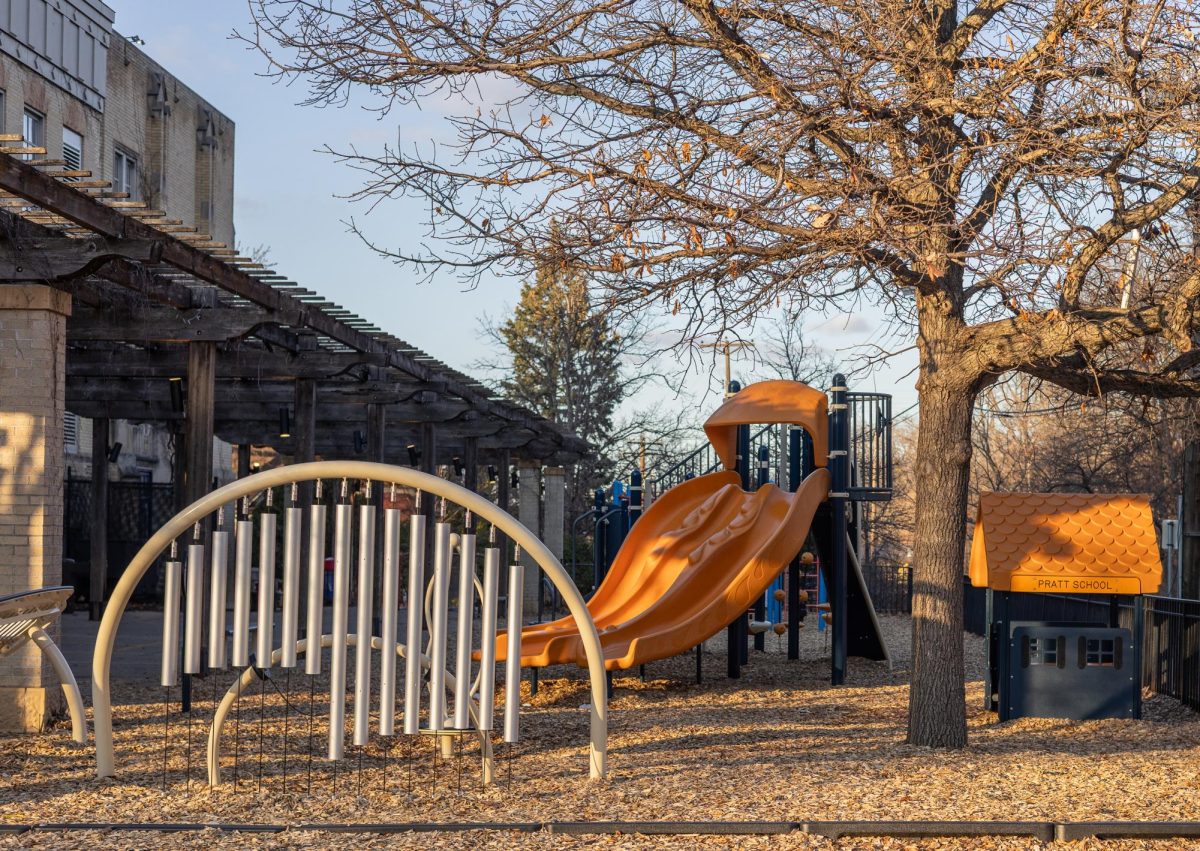A new study published by University of Minnesota researchers found that working in groups can help students better understand classroom material.
The study, published last month, found that within STEM-related courses, such as chemistry, group dialogue improved critical thinking about concepts students were learning. The researchers wanted to see if active learning was an effective form of learning information.
“What happens to students when they are interacting and engaging with other students? How do they benefit?” said Abdi Warfa, a lead researcher for the study and a University assistant professor in biology teaching and learning. “Interactions change how students think about scientific concepts.”
The study was done in a freshman chemistry class at the University of Wisconsin-River Falls. According to Warfa, the 84 students who participated were put into small groups for the study.
“We work better when we are in a group, and we can share our ideas and refine our ideas with other people,” said Gillian Roehrig, a University professor in the Department of Curriculum and Instruction.
This study comes at a time when an emphasis on active learning in classrooms is taking place. Active learning works to engage students more with the material rather than sitting in a lecture, Warfa said.
“The prevalence of these courses are increasing, so we want to understand how to we make this efficient,” he said. “We want to understand the discourse that is happening in these groups.”
Kelley O’Brien, a University junior studying medical laboratory sciences, said only a few of her classes have involved active learning in her classes. But she thinks it does help with comprehending the material.
“You can trade your knowledge,” she said. “I think group work is helpful, but it depends on the class.”
The researchers who conducted the study are in the Department of Biology Teaching and Learning, which works to apply research to help change scientific education, according to their website.
While the study focused on science-related classes, group discourse in classrooms can be applied across many disciplines, Roehrig said.
One of the goals of the study is to develop better curriculum within classes, Warfa said.
“We don’t naturally know how to work in a group and share our ideas and not put people down,” Roehrig said. “That’s the piece that we have to work hard at.”
The next steps following this study include collecting data on the topic from other institutions and looking to see if group composition, like participants’ genders, influences active learning.
“What becomes important is creating a learning environment that is conducive to how we think people learn,” Warfa said.
Correction: A previous version of this article said Roehrig was the associate director of the STEM Education Center. The Center disbanded in 2017.







